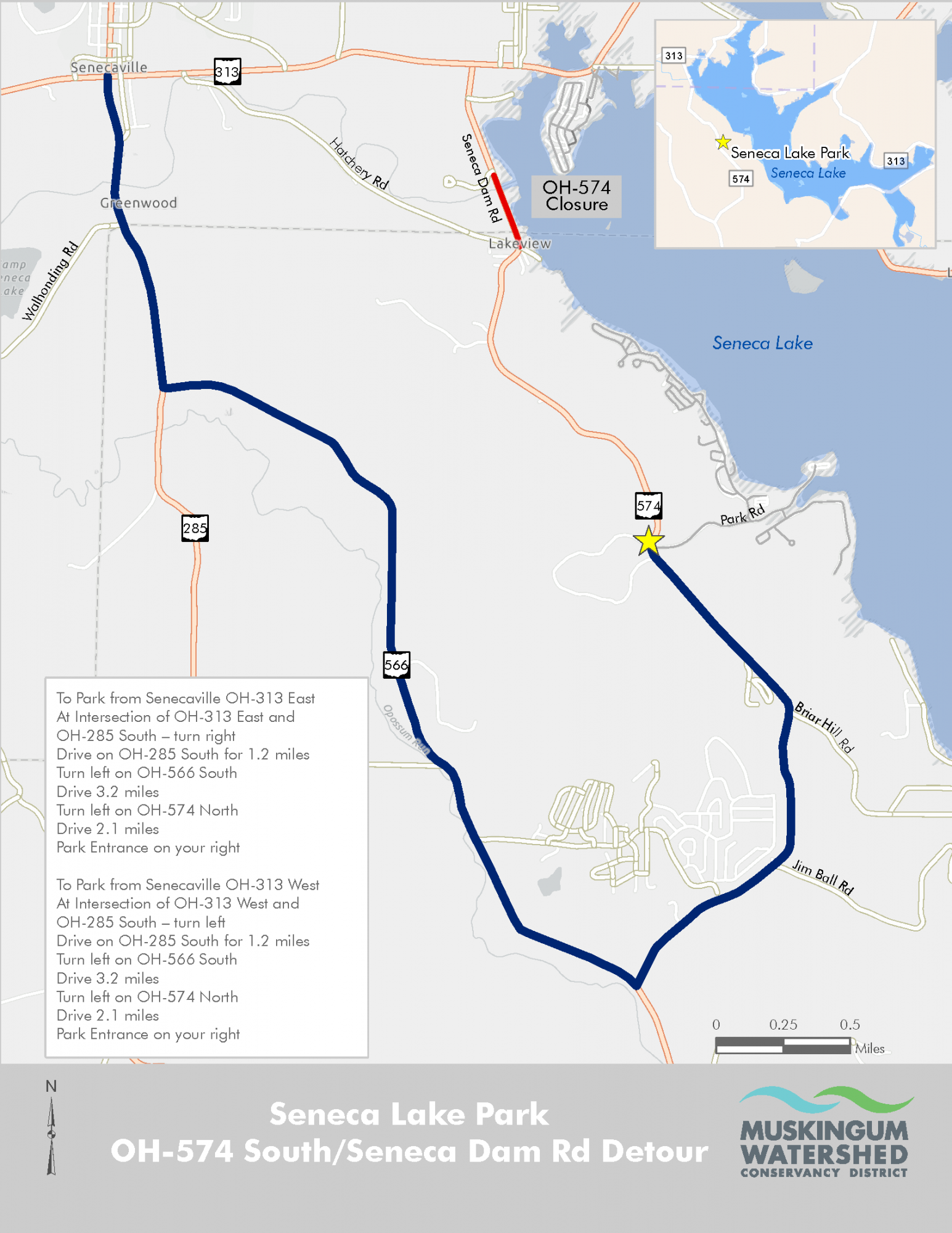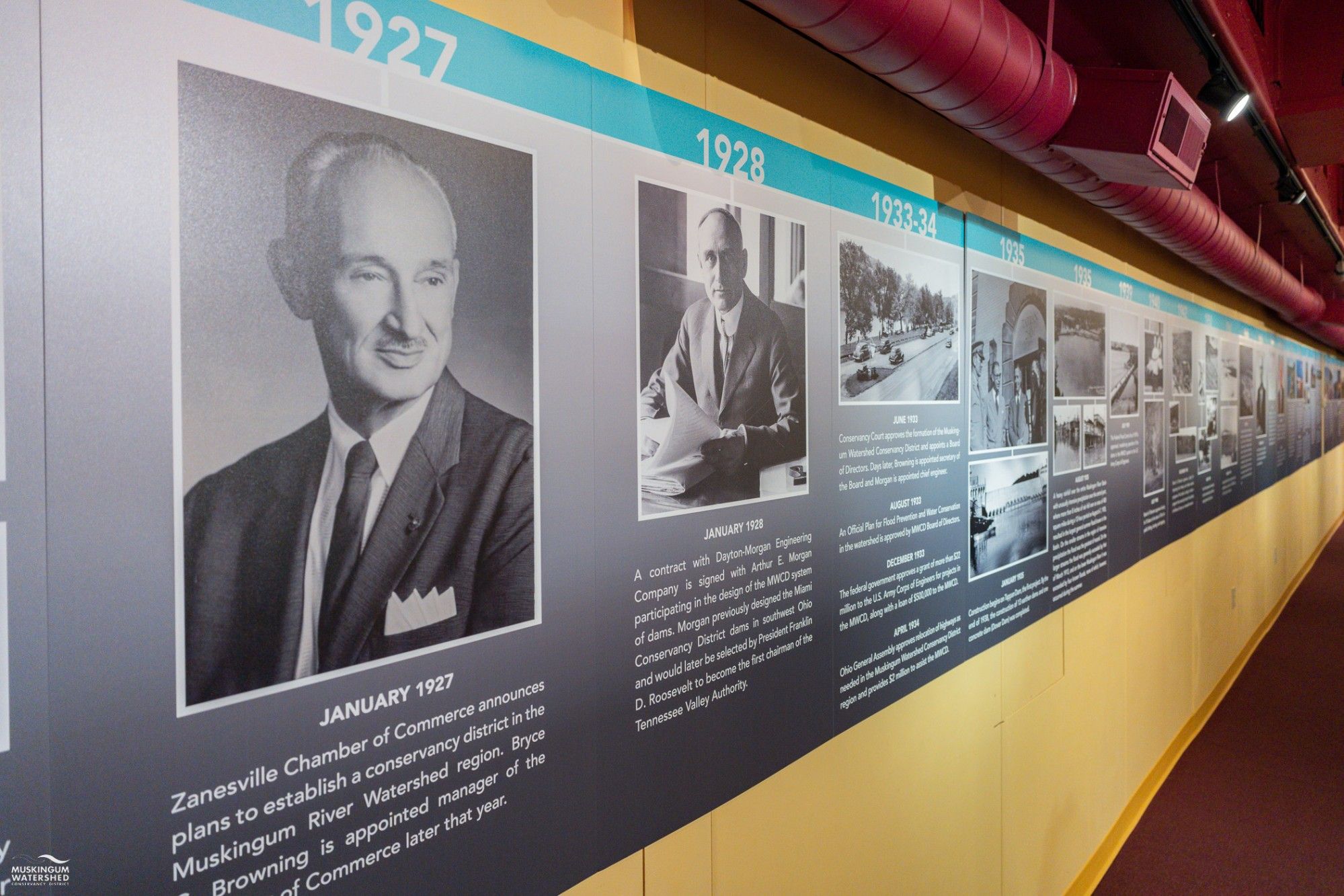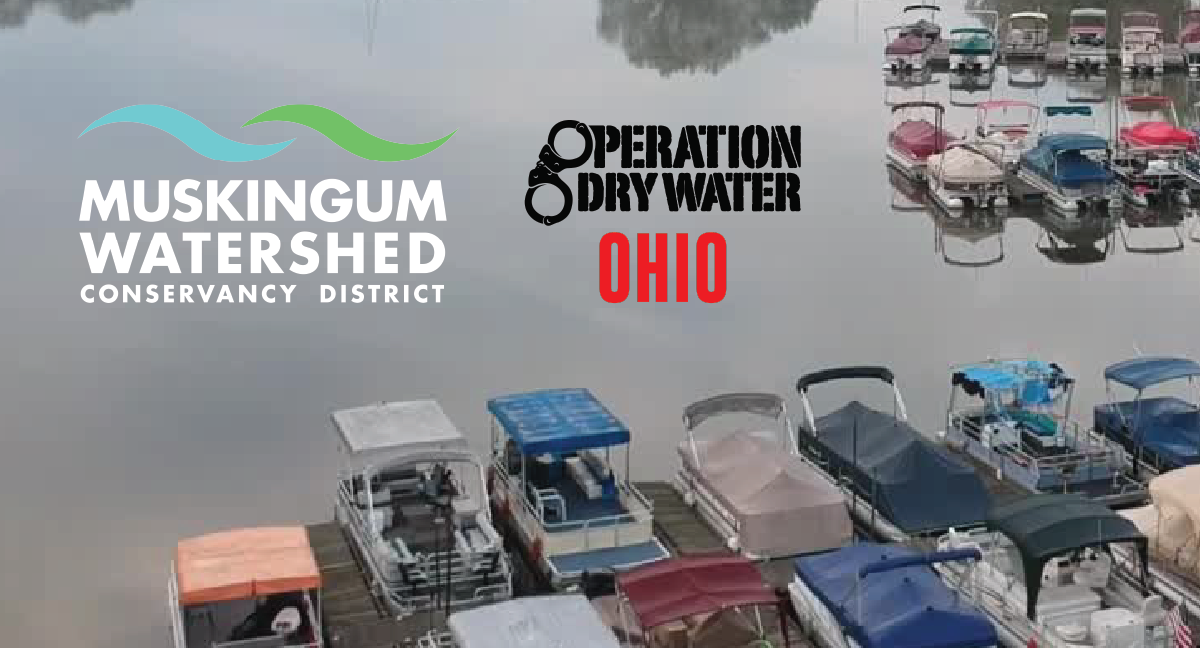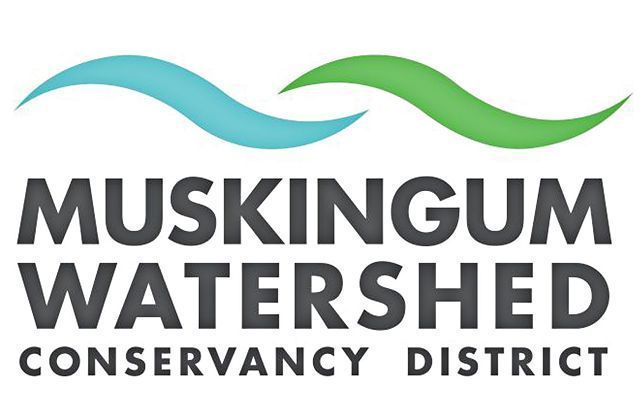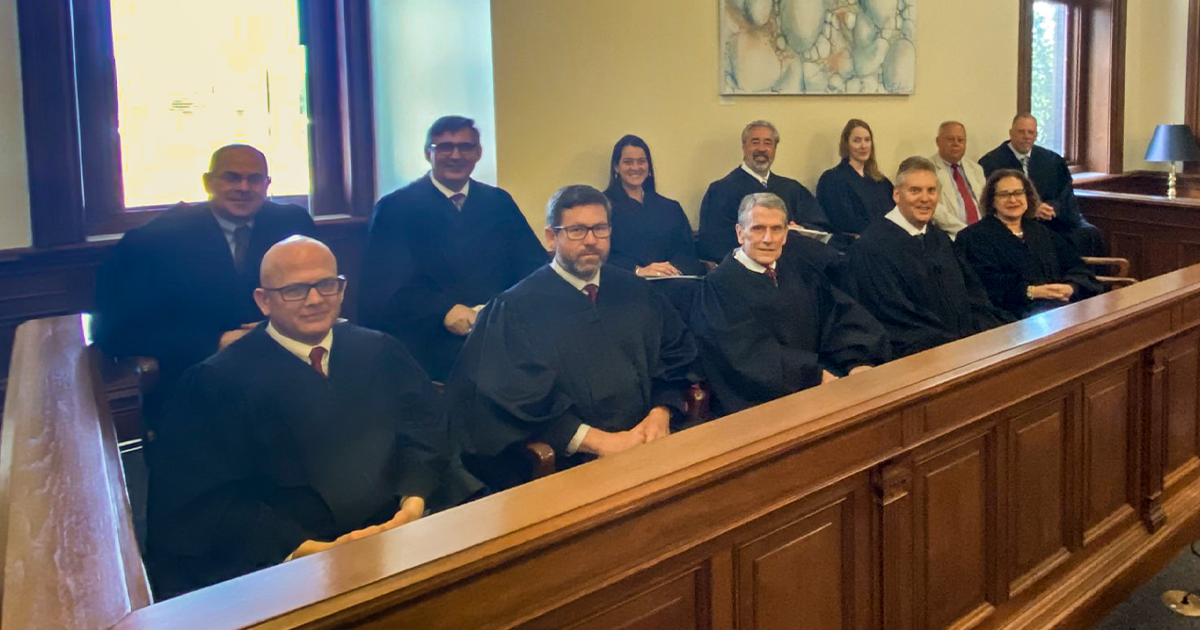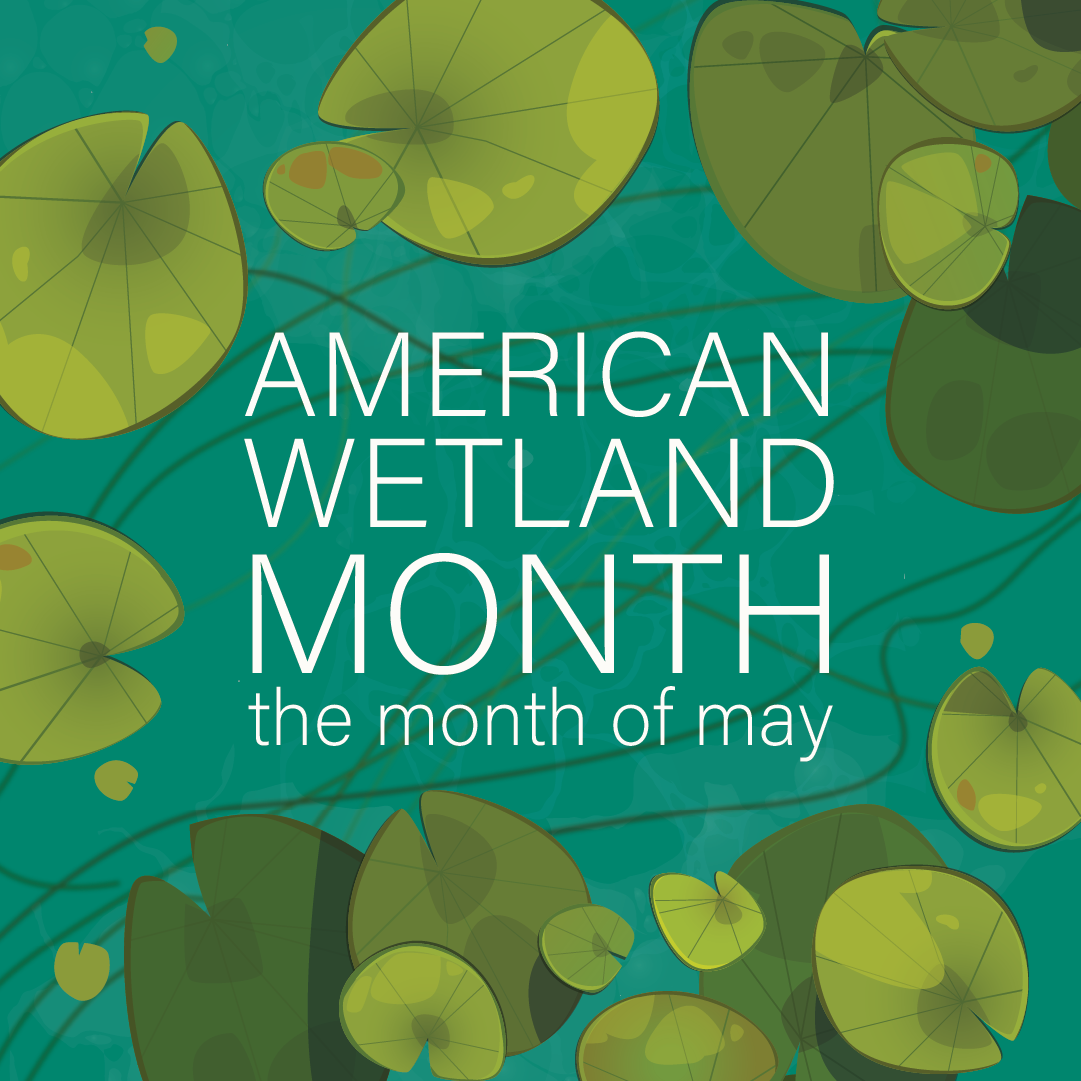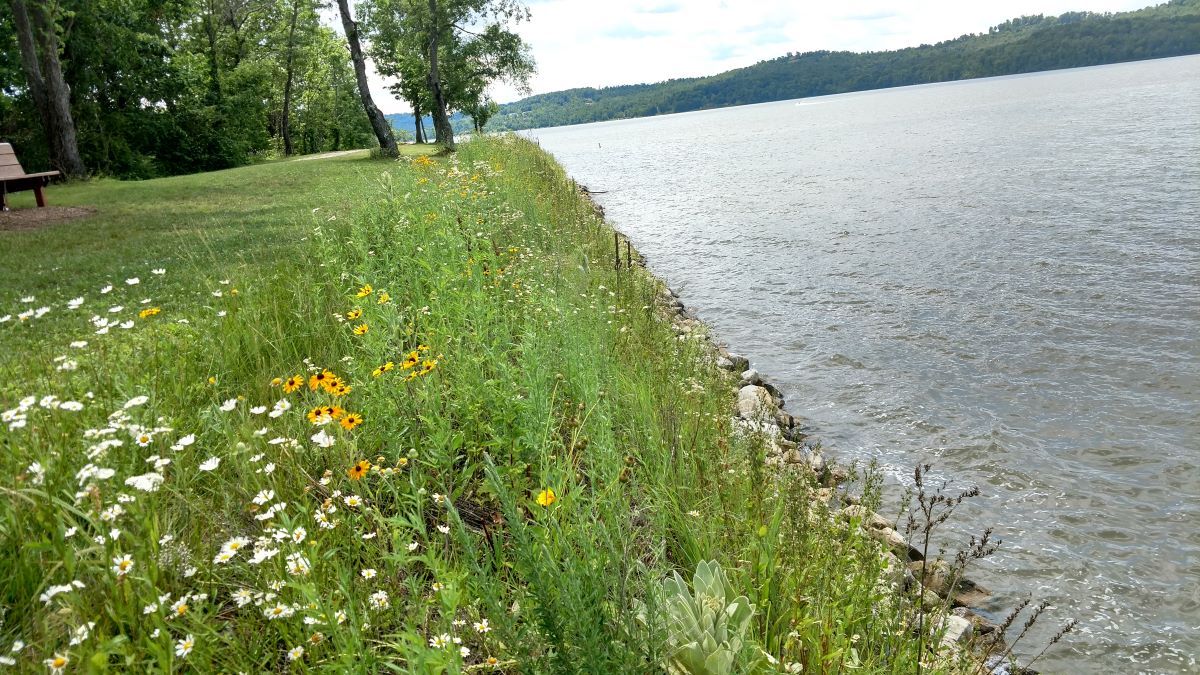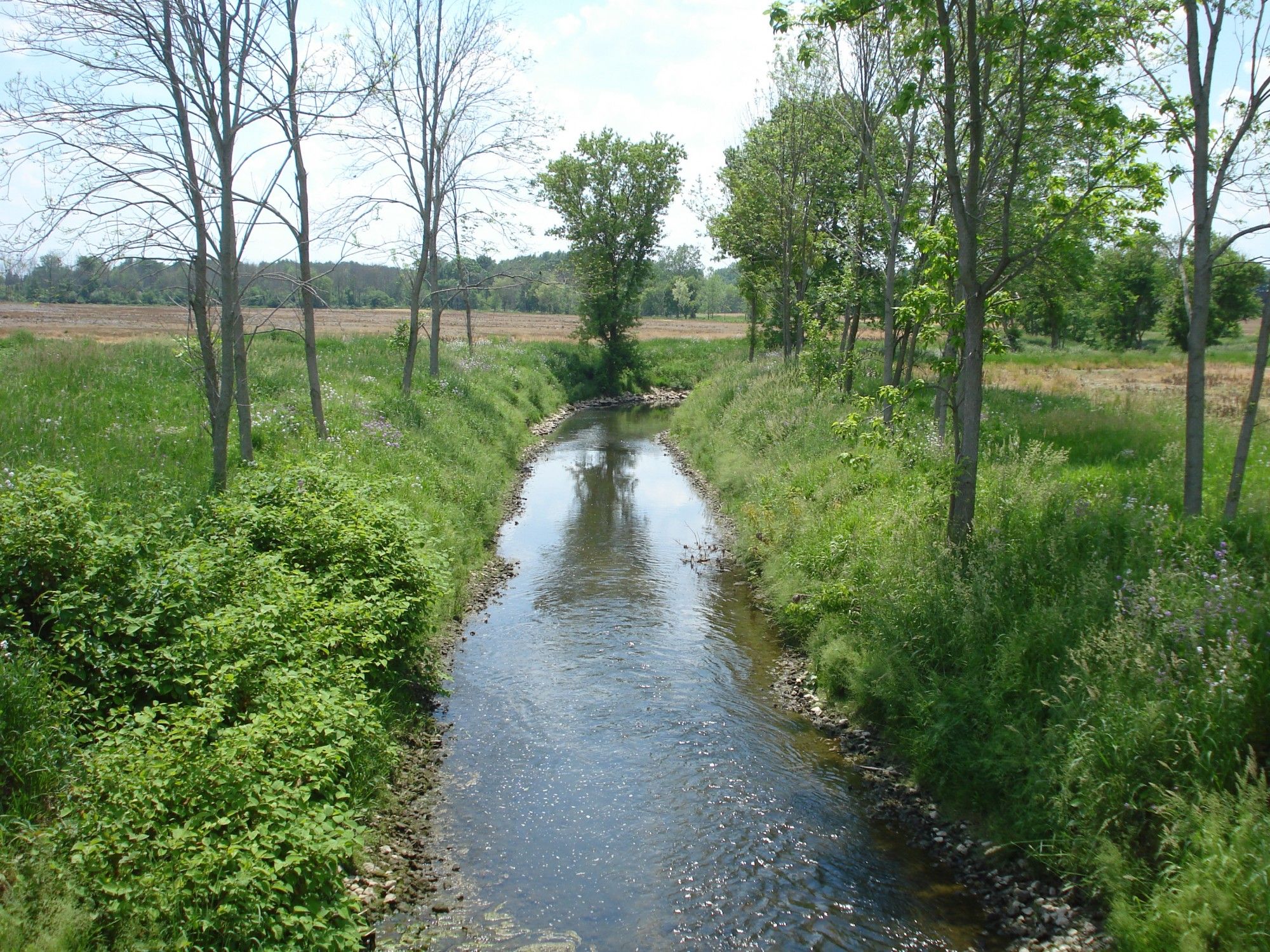From Wendy Zucal, Executive Director of the Dennison Railroad Depot Museum
As the MWCD commemorates its 90th anniversary, a new featured exhibit at the Dennison Railroad Depot Museum – a National Historic Landmark — is an opportunity for us to do just that. As of June 3, the public is able to move through an immersive story of the District’s beginnings, its progress through the years, its highlights, a description of its future, and an interactive hands-on children’s component families will enjoy. I encourage everyone to take this opportunity to learn more about the history of the MWCD and how it works every day to make our lives safer and secure our homes, businesses, and communities.
A look back at the 90-year history is an inspiring story that sets our region apart.
The MWCD was established on June 3, 1933, in response to the destructive floods that had plagued eastern Ohio for years, particularly the devastating flood of 1913 which claimed the lives of approximately 470 Ohioans. To avoid a repeat of this disaster, the District began constructing dams and reservoirs throughout the Muskingum River Watershed — the largest watershed in Ohio — encompassing a fifth of the state.
Since then, the MWCD has gone on to create an extensive system of flood control resources, including a series of dams and reservoirs. These projects have helped prevent or reduce flooding or its impact throughout eastern Ohio, as well as provide water storage for agricultural and industrial use. In total, it is estimated that the District’s flood mitigation system has helped prevent $8 billion in flood damage.
The MWCD’s mission is more than just flood mitigation. Over the years it has grown to include recreation and conservation, as well.
Early on, the District’s leadership recognized how its network of lakes and surrounding lands could be used for recreation and how that could contribute to the region’s economy. In the 1960s and 1970s, the MWCD transformed many of its reservoirs into popular recreation destinations, enhancing marinas and building campgrounds.
Today, the MWCD manages over 57,000 acres of land and water, including nine campgrounds and 10 marinas on Atwood, Clendening, Charles Mill, Leesville, Piedmont, Pleasant Hill, Seneca, and Tappan lakes and public access areas that offer boating, fishing, camping, hiking, and other outdoor activities throughout the District.
More recently, the MWCD has turned its attention to further enhance conservation efforts throughout the region. The District has recognized the importance of preserving the natural resources of the region for future generations and works with local partners to responsibly manage the resources within the District. Preserving the land helps lead to better water quality, which makes the lakes more valuable for recreation and helps with flood mitigation. Educating the public and land users supports this work as well.
The MWCD has played a vital role in the development and conservation of our region, and its impact will be recognized for decades. We can all be proud of the work that generations of MWCD team members have made through the years and how their work has helped both tame the rough edges but also preserve all that is beautiful about the Muskingum River Watershed and the region we call home.

